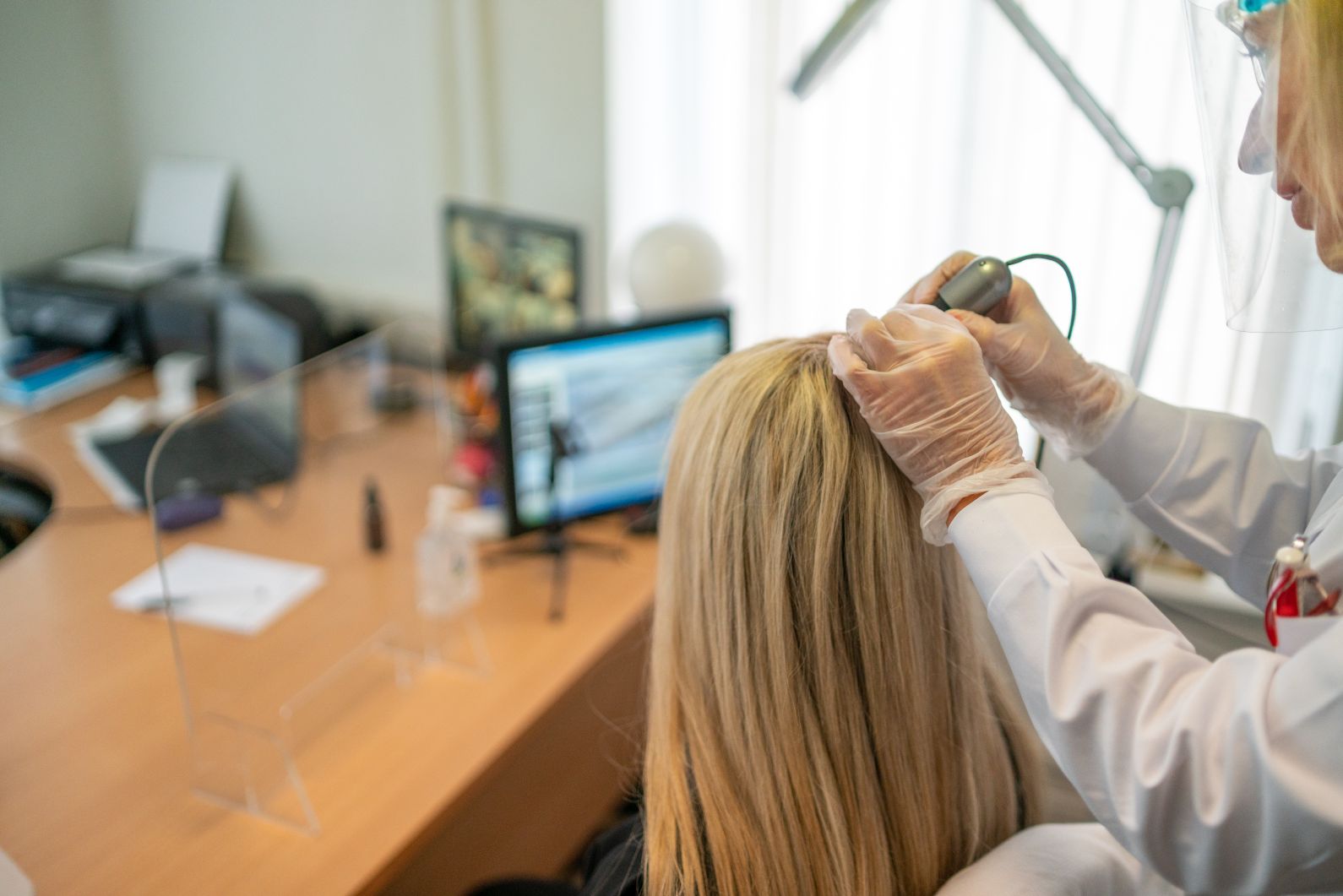Alopecia totalis (AT) is a condition characterised by a complete loss of hair on the scalp. It is an advanced form of alopecia areata (AA), a hair loss problem which results in smooth, circular bald patches.
Anyone, regardless of their age, ethnicity and gender, may suffer from alopecia totalis. However, it tends to be more prevalent in teenagers and young adults, particularly those who are aged 15 to 29 years old. Studies also showed that alopecia totalis is more common in people with autoimmune disorders as well as those with a family history of alopecia.
What Causes Alopecia Totalis?
The exact cause of alopecia totalis is still unknown. However, scientists believe that the immune system has something to do with it and classified it as an autoimmune disorder.
In this condition, the body’s own immune system attacks the hair follicles, misidentifying them as threats. This leads to inflammation and eventually causes the follicles to shrink. Then, they stop producing hair.
Research suggests that genetics play an integral role in this disorder. Around 20% of alopecia totalis sufferers have family members who have alopecia. Experts also believe that stress may also trigger this hair loss condition. The association is mainly built on the fact that frequent exposure to extreme stress can weaken the immune system. While some sufferers report experiencing stress prior to developing the condition, more evidences are needed to determine the exact role of stress in AT and other forms of hair loss.
What Are the Symptoms of Alopecia Totalis?
AT usually starts out as alopecia areata. In children, it is estimated that 5% of AA cases progress to alopecia totalis.
If it begins as alopecia areata, the initial symptoms typically include small, hairless patches on the scalp. The bald spots multiply in number until all hair on the scalp is lost. In most cases, the hair loss happens quickly.
Aside from hair loss, this condition has no other visible symptoms. However, some patients report feeling pain or a tingling sensation on their scalp. It is also not unusual for alopecia totalis sufferers to have pitted or brittle nails.
Can Alopecia Totalis be Treated?
Currently, there is no cure for alopecia totalis. However, there are treatments available which can restore lost hair. The treatments may include the use of oral and topical medications which promote hair growth.
Alopecia totalis is an unpredictable condition. The hair loss can be permanent or temporary. Since the hair follicles are still alive, it is possible for the hair to grow back on its own even without treatment. However, this is very rare, especially if the patient is afflicted with AT for two years or more. It is also not unusual for some treatments to promote regrowth in some patients and have no effect in others.
Essentially, for alopecia totalis, early treatment results in better outcomes. It improves your chances of regrowing lost hair as well as preventing the problem from progressing to alopecia universalis, the most severe type of alopecia areata which causes hair loss on the entire body. So, if you notice that you’re losing clumps of hair, see a dermatologist immediately.
Oftentimes, a visual examination of the scalp is enough for the doctor to know if it’s alopecia totalis or not. However, reputable dermatologists do not rely on visual examination alone to come up with an accurate diagnosis. They also conduct an interview to learn about the patient’s family and medical history, a scalp biopsy and a blood test.
Losing your precious locks can be emotionally distressing. It is like losing a part of your identity. Please know that there are specialists who can help you manage your condition. There are also support groups that can help you cope with your hair loss.
Are you suffering from alopecia totalis? Our experienced dermatologists can help you! Call us at (0)1 6793618 and schedule an appointment with our alopecia specialist.



